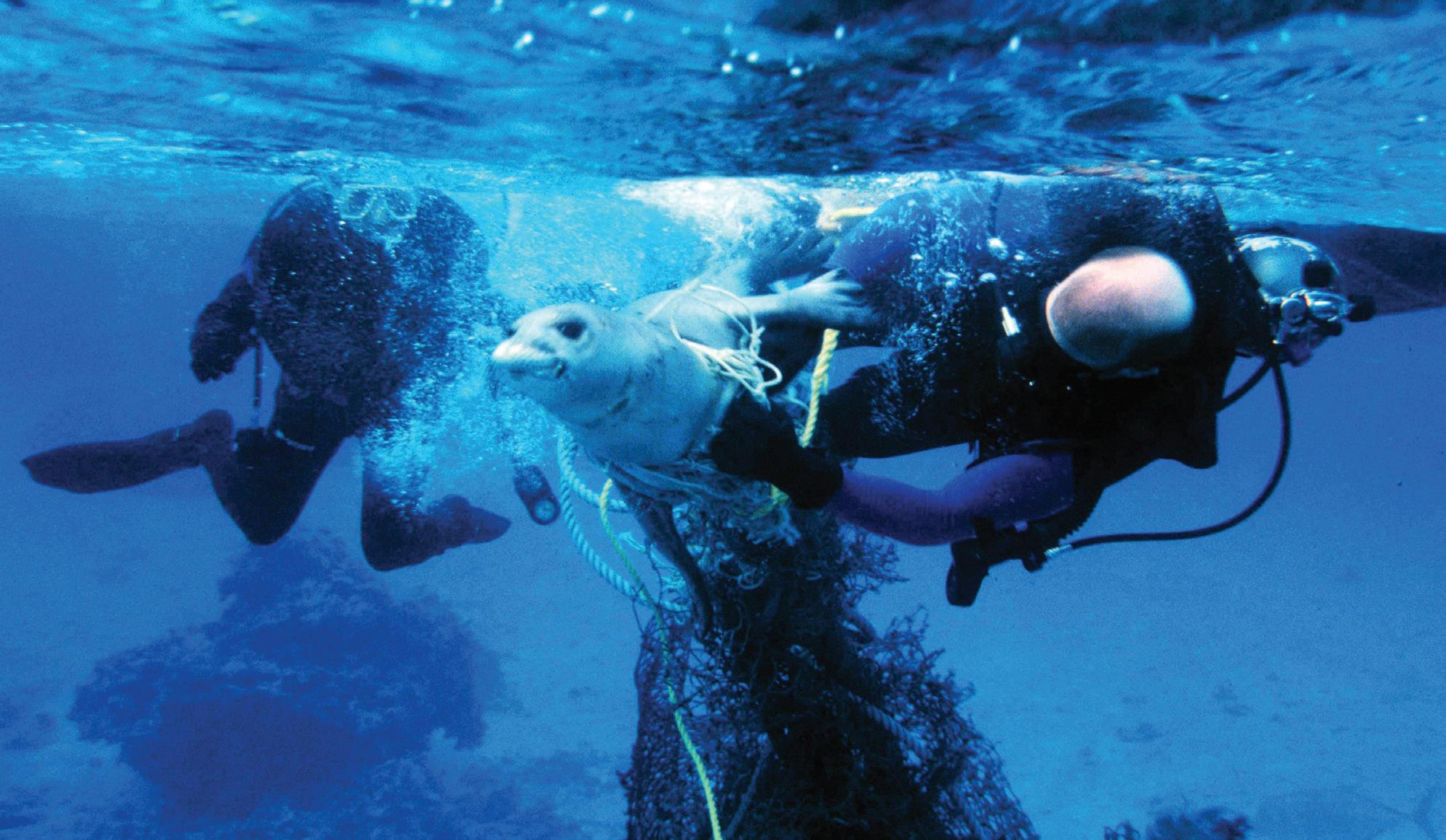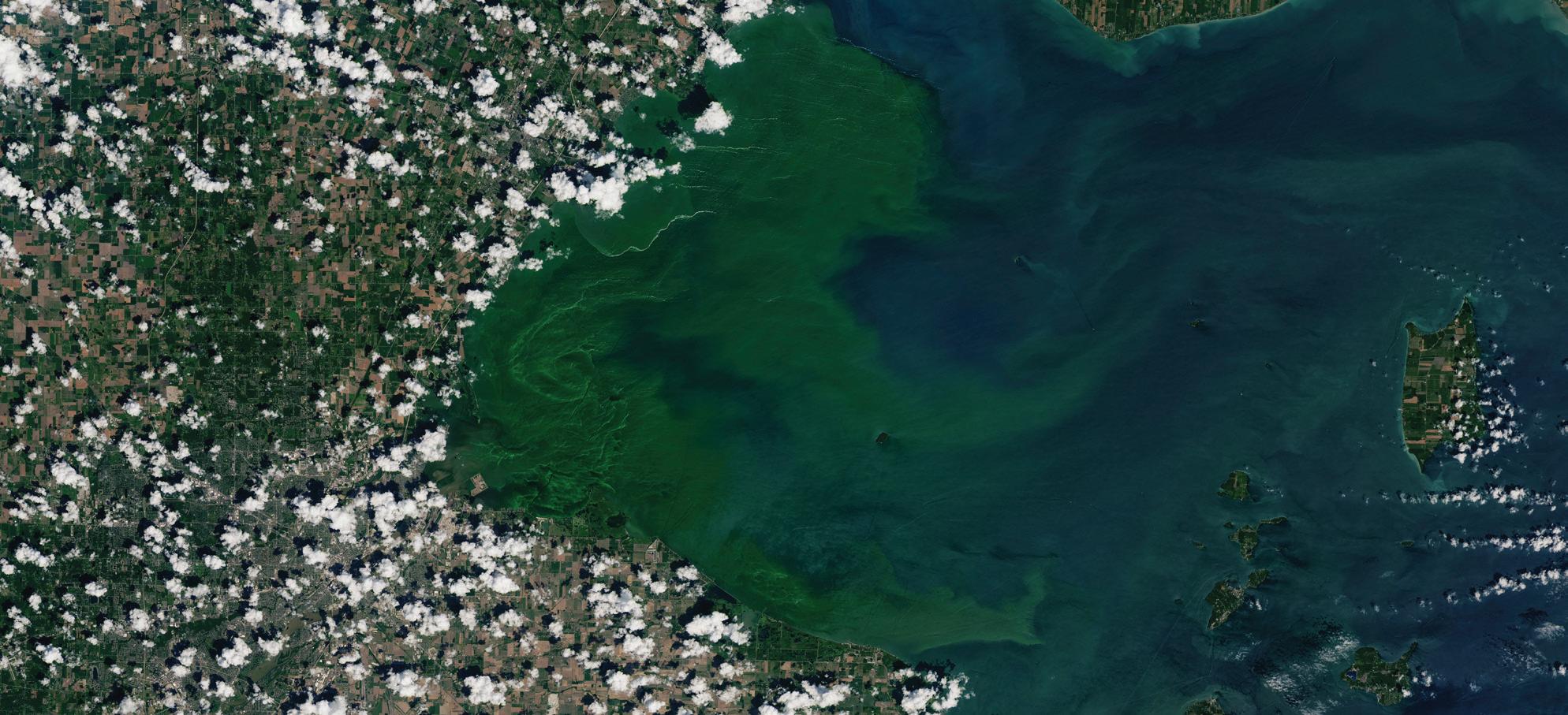Floating and Flying Laboratories NOAA ships and aircraft
By Jan Tegler
NOAA Ship Bell Shimada during the 2010 Pacific Hake Inter-Vessel Calibration.
1980
National Undersea Research Program (NURP) established.
104
ments, conservation efforts and data gathering. These are augmented by more than 400 small boats that carry out a range of complimentary data collection missions, primarily in nearshore environments. A growing cadre of uncrewed aircraft systems also fly globally to collect data in new ways. NOAA’s aircraft, in particular, are frequently seen by the public in news coverage during hurricane season, flying into the storms on behalf of NOAA’s National Hurricane Center and the Atlantic Oceanographic and Meteorological Laboratory. NOAA ships get noticed, too, as they come
1982
Bell M. Shimada Fairweather Ferdinand R. Hassler Gordon Gunter Henry B. Bigelow Nancy Foster Okeanos Explorer Oregon II Oscar Dyson Oscar Elton Sette Pisces Rainier Reuben Lasker Ronald H. Brown Thomas Jefferson
National Snow and Ice Data Center (NSIDC) established in Boulder, Colorado.
NOAA PHOTO
N
OAA’s ships and aircraft are among the most striking representatives of the organization’s many missions, serving as floating and flying laboratories for scientific research on a multitude of earth systems, as real-time sensors for short and long term weather forecasting, and as emergency response platforms. Fifteen active crewed research and service ships and nine crewed aircraft sail and fly around the continental U.S., U.S. territories, and across the globe to carry out an impressive array of studies, experi-
NOAA Research Vessel Fleet









































